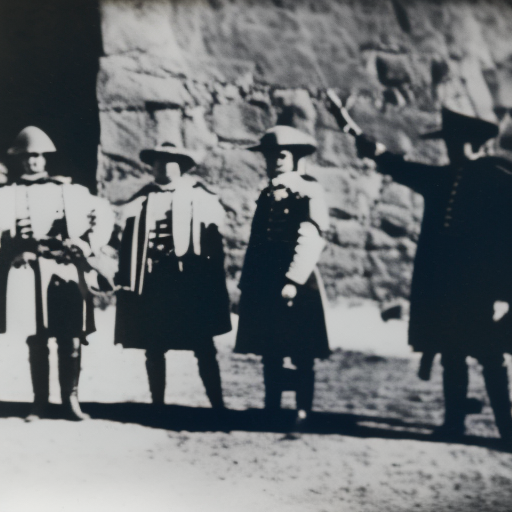Treaty of Tordesillas (1494)
The Treaty of Tordesillas, signed on June 7, 1494, was an agreement between Spain and Portugal that aimed to divide the newly discovered lands outside Europe between the two countries. The treaty was negotiated by Pope Alexander VI, who sought to prevent conflicts between the two Catholic nations over their claims to these territories. The treaty established a line of demarcation that divided the world into two hemispheres, with Spain receiving the rights to territories west of the line, and Portugal gaining control over territories to the east.
Background:
During the Age of Exploration, European powers were eager to expand their influence and acquire new territories. Spain and Portugal were at the forefront of this race, with explorers like Christopher Columbus and Vasco da Gama making significant discoveries. As both nations sought to claim these new lands, tensions arose, leading to the need for a diplomatic solution.
Negotiations and Terms:
The negotiations for the Treaty of Tordesillas took place in the Spanish city of Valladolid. The Pope, as the spiritual leader of Catholic Europe, was seen as a neutral mediator in the dispute. Pope Alexander VI proposed a line of demarcation that would divide the world into two parts, giving Spain control over the territories to the west of the line and Portugal control over the territories to the east.
The exact location of the line was not specified in the treaty, but it was agreed that it would be located 370 leagues west of the Cape Verde Islands. This line would later be adjusted through subsequent treaties and agreements. The treaty also granted Portugal the rights to any territories that were discovered within a certain distance of the African coast, allowing them to continue their exploration of Africa.
Implications and Significance:
The Treaty of Tordesillas had significant implications for the future of European colonization and the division of the world. It gave Spain a head start in the race for territories in the Americas, leading to the establishment of vast Spanish colonies in present-day Latin America. Portugal, on the other hand, focused its efforts on exploring and colonizing territories in Africa, Asia, and later Brazil.
The treaty also had a lasting impact on the indigenous peoples of the Americas. The division of the world between Spain and Portugal meant that other European powers had to seek permission from these two nations to establish colonies in the newly discovered lands. This led to the marginalization and displacement of indigenous populations as European powers exploited their resources and established their dominance.
Legacy:
The Treaty of Tordesillas was not without its flaws and controversies. Other European powers, such as England and France, did not recognize the treaty and sought to challenge the Spanish and Portuguese claims. This ultimately led to conflicts and rivalries between European powers in the race for colonization.
Despite its limitations, the Treaty of Tordesillas set a precedent for future negotiations and agreements regarding the division of territories. It established the principle of dividing the world between European powers based on their claims and discoveries, a practice that would continue throughout the Age of Exploration.
In conclusion, the Treaty of Tordesillas was a significant agreement that aimed to divide the newly discovered lands between Spain and Portugal. It established a line of demarcation that divided the world into two hemispheres, giving Spain control over territories to the west and Portugal control over territories to the east. The treaty had far-reaching implications for European colonization and the displacement of indigenous populations. While it faced challenges and controversies, it set a precedent for future negotiations and agreements in the race for colonization.












